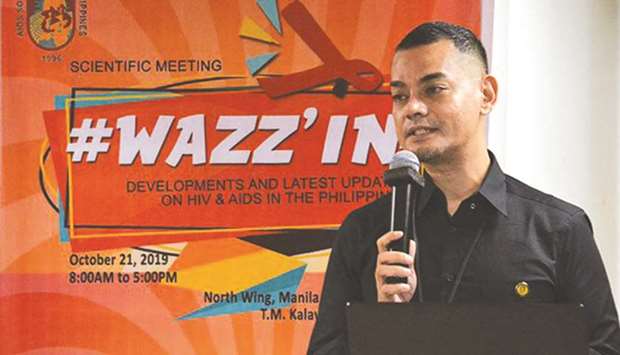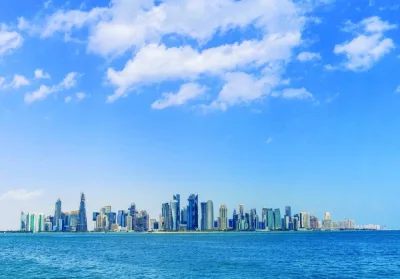Human immunodeficiency virus (HIV) cases worldwide grew the fastest in the Philippines based on logged data from 2010 to 2018.
Dr Louie Ocampo of the Joint United Nations Programme on HIV and Aids (UNAids) yesterday cited reports that the country recorded 1.7mn new cases last year, adding to the 37.9mn people already living with HIV by the end of 2018.
He noted that compared to the rest of the Asia Pacific, the Philippines only had a 14% decline in new infections.
“That translates to 280,000 new infections, considering that we targeted (only) 90,000 new infections by the end of 2020. So, we need to decrease the number of infections by the end of 2020,” Ocampo said.
He added that “thinking outside the box” should be adopted to achieve this goal by 2020.
The goal to treat HIV infection is in accordance with UNAids 90-90-90: treating 30mn people, letting people living with HIV to know their status and receiving antiretroviral therapy.
Ocampo said it was hard to achieve the 90-90-90 target because of the low number of people who get tested.
He added that among the 37.9mn currently living with HIV, only 75% were aware of their status, while only
three out of five infected persons were receiving the antiretroviral therapy.
For 2019, the UNAids data estimated that 77,000 people would be living with HIV, with 4,800 of them women and with 13,400 new cases of infection.
It also expected that 33,593 will be living with the virus, with an accumulated death of 1,200 people despite the fact, according to Ocampo, that “we have a very effective treatment regimen” against the disease.
The data also showed that Metro Manila had the highest number of HIV positive people at 39%, followed by Region 4A at 15%.
“We need to focus and scale up our HIV response for us to have a better impact in terms of accomplishment,” Ocampo said.
The data presented also showed that 80% of the HIV diagnosed deaths in the country were in the 15 to 34 age group.
Low usage of protection such as condoms (27%) is seen as one of the biggest factors for an increase of HIV cases among the youth.
Ocampo said adolescents as young as 15 years old engaged in unprotected intercourse and only used condoms by the age of 18.

Doctor Louie Ocampo talks about the status of HIV and Aids in the Philippines during the conference held at the Manila Doctors Hospital, yesterday.


